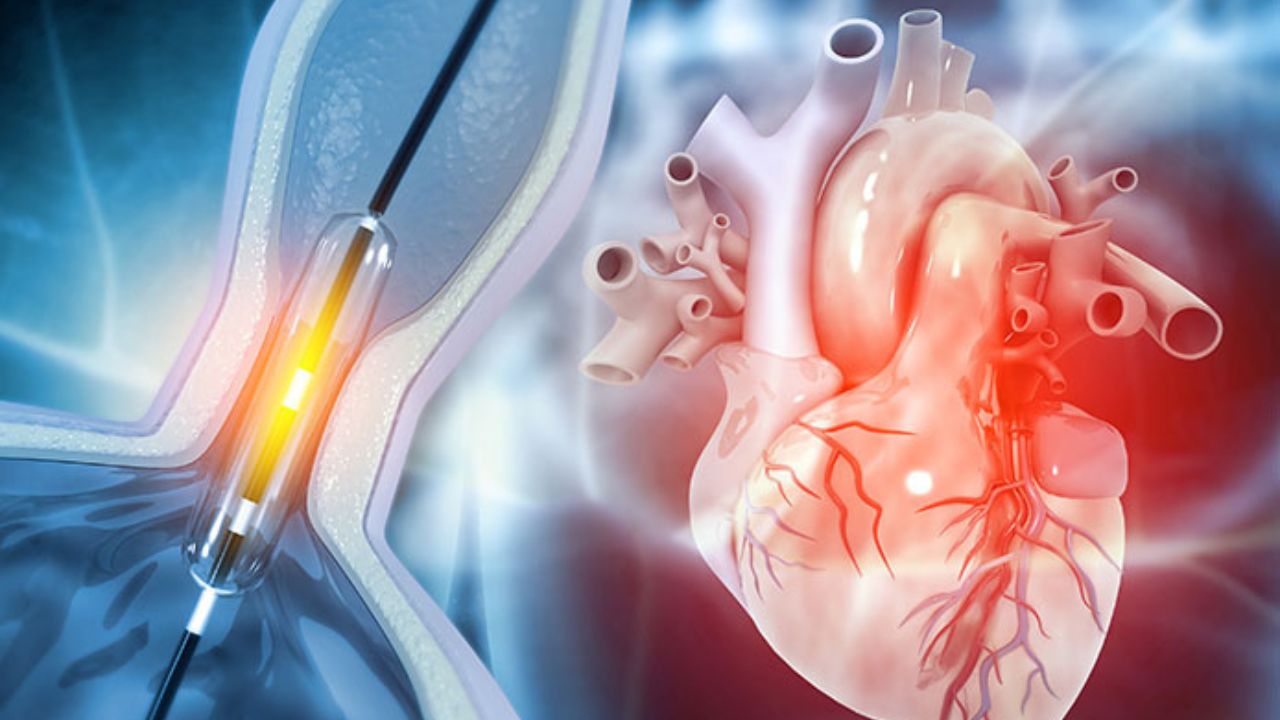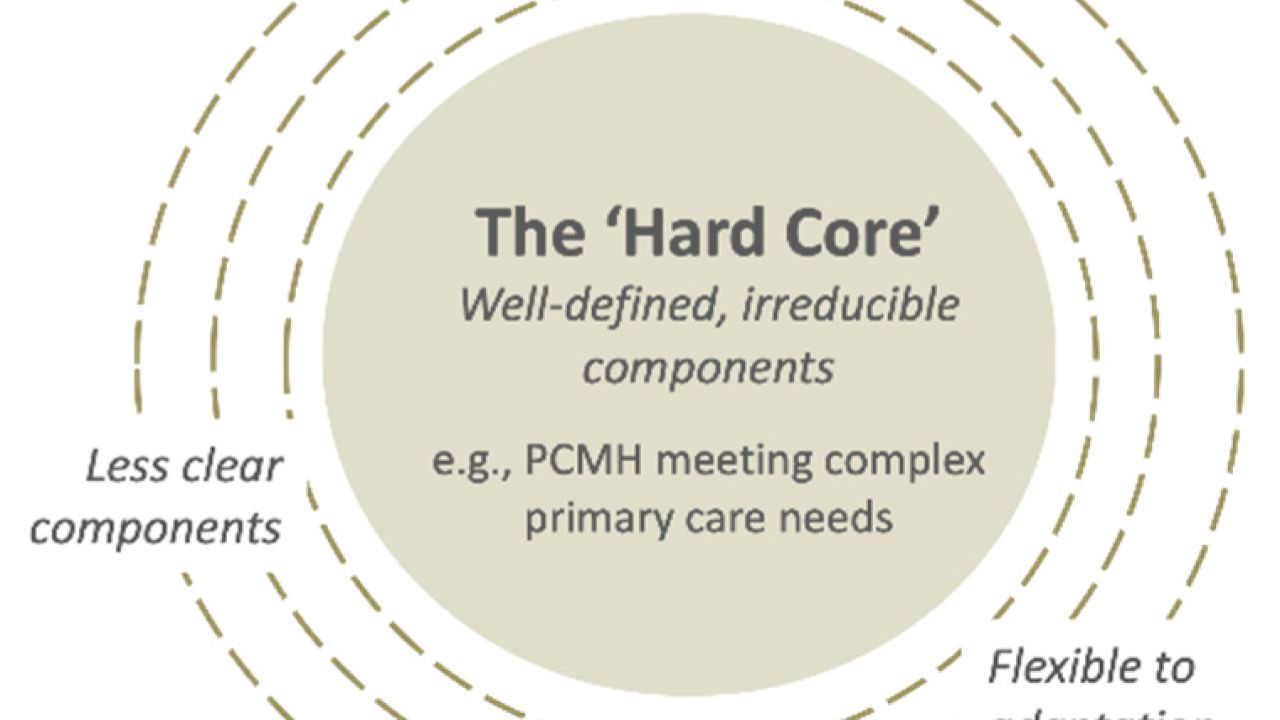Introduction
Major depressive disorder (MDD) is a complex, heterogeneous psychiatric condition often accompanied by increased risk for suicidal behavior. Understanding biological markers that can predict or elucidate suicide risk is a high priority in psychiatry. Over the past decade, research has increasingly focused on the role of immune dysregulation, particularly peripheral inflammatory biomarkers, in depression and suicidality.
The 2025 research landscape continues to explore whether specific inflammatory markers in blood or serum can reliably predict suicide risk among depressed patients, potentially offering avenues for early intervention and personalized treatment.
Background: Inflammation and Depression
The inflammation hypothesis of depression posits that immune dysregulation contributes to neurobiological changes underlying depressive symptoms. Elevated levels of pro-inflammatory cytokines—such as interleukin-6 (IL-6), tumor necrosis factor-alpha (TNF-α), and C-reactive protein (CRP)—have been consistently observed in subsets of depressed individuals.
Furthermore, increasing evidence suggests that inflammatory processes may be linked to suicidality, independent of depression severity. Elevated inflammatory markers may reflect neuroinflammatory states that influence mood regulation, impulsivity, and suicidal ideation.
Key Peripheral Inflammatory Biomarkers in Major Depression and Suicidality
1. C-Reactive Protein (CRP)
- Role: An acute-phase reactant indicating systemic inflammation.
- Findings: Higher CRP levels have been correlated with increased severity of depressive symptoms and suicidal ideation. Some studies suggest that elevated CRP can predict future suicidal behavior, especially when combined with other clinical factors.
2. Interleukin-6 (IL-6)
- Role: A cytokine involved in inflammation and immune regulation.
- Findings: Elevated serum IL-6 levels have been linked to increased suicidal ideation and attempts. IL-6 may influence neurobiological pathways related to stress response and neuroplasticity.
3. Tumor Necrosis Factor-alpha (TNF-α)
- Role: A pro-inflammatory cytokine that can cross the blood-brain barrier and affect neuroinflammation.
- Findings: Increased TNF-α levels have been associated with higher risk of suicidality in depressed patients, possibly through effects on neurotransmitter systems.
4. Interleukin-1β (IL-1β)
- Role: A cytokine involved in neuroinflammatory responses.
- Findings: Elevated IL-1β has been observed in depressed individuals with suicidal ideation, though findings are less consistent compared to IL-6 and CRP.
5. Other Markers
- Soluble cytokine receptors, chemokines (e.g., MCP-1), and ratios such as neutrophil-to-lymphocyte ratio (NLR) are also being investigated for their predictive value.
Recent Advances and Trends (2024-2025)
1. Multi-Modal Biomarker Panels
Current research emphasizes combining multiple inflammatory markers into predictive models, improving sensitivity and specificity over single-marker approaches. Machine learning algorithms integrate clinical, genetic, and biomarker data to stratify suicide risk.
2. Inflammation and Neurobiological Pathways
Research continues to explore how peripheral inflammation impacts brain function—via cytokine effects on neuroplasticity, HPA axis dysregulation, and neurotransmitter alterations—ultimately influencing suicidal behavior.
3. Genetic and Epigenetic Factors
Emerging studies examine how genetic predispositions and epigenetic modifications modulate inflammatory responses and their relation to suicidality.
4. Impact of Treatment on Inflammatory Markers
Some studies investigate whether anti-inflammatory treatments (e.g., NSAIDs, cytokine inhibitors) can reduce suicidality in depressed patients, suggesting a causal link.
5. Biomarker-Guided Interventions
Research into clinical application aims to develop biomarker-guided interventions, such as stratifying patients who might benefit from anti-inflammatory therapies.
Challenges and Limitations
- Heterogeneity: Variability in study designs, sample populations, and measurement techniques.
- Causality vs. Correlation: Difficult to establish whether inflammation directly causes suicidality or is a byproduct.
- Temporal Dynamics: Fluctuations in inflammatory markers over time require longitudinal studies.
- Confounding Factors: Comorbid medical conditions, medications, lifestyle factors (smoking, diet) influence inflammatory levels.
Future Directions (Post-2024)
The ongoing research as of 2025 aims to:
- Standardize biomarker assays for clinical use.
- Validate multi-biomarker panels in large, diverse cohorts.
- Explore causal mechanisms through neuroimaging and molecular studies.
- Integrate biomarker data into personalized treatment algorithms.
- Investigate the role of inflammation in different subtypes of depression and suicidality.
Summary
While current evidence supports a link between peripheral inflammatory biomarkers and suicide risk in major depression, the field is moving toward more nuanced, integrative approaches. The goal is to develop reliable, accessible biomarkers that can be used in clinical practice to identify high-risk individuals and tailor interventions accordingly.
Conclusion
The relationship between peripheral inflammation and suicidality in depression remains a promising but complex area of investigation. As of 2025, research continues to refine our understanding, with an emphasis on combining biomarkers, understanding underlying mechanisms, and translating findings into clinical tools.



